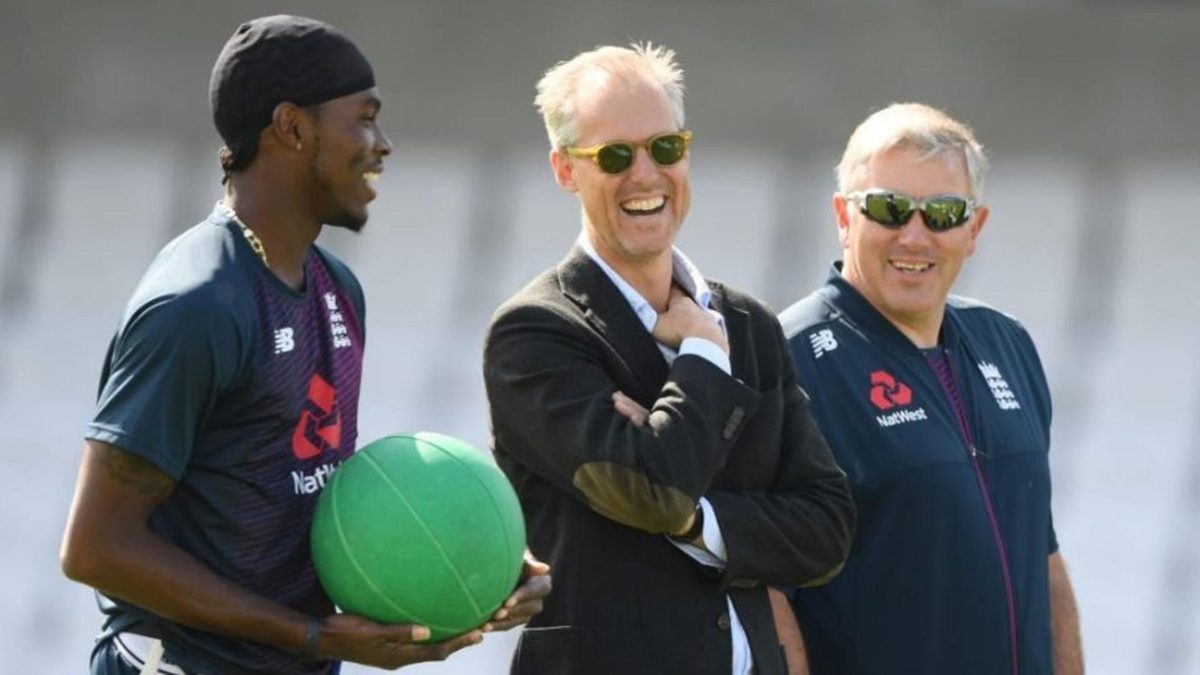
The ECB’s selection process reshuffle signals the end of Ed Smith’s reign as national selector exactly three years after it began.
From the moment he picked Jos Buttler in his first Test squad, Smith was a divisive figurehead of the England men’s selection panel.
With his period as national selector now over, it may be that certain individuals’ prospects of playing international cricket are either enhanced or diminished by his departure.
Across Smith’s three years as national selector, 12 players made their England Test debuts. You can make the case that seven of the 12 debutants – Dom Bess, Sam Curran, Ollie Pope, Joe Denly, Jason Roy, Olly Stone and Zak Crawley – were picked without mountains of either wickets or runs behind them at the time of their first call-ups.
Some of those selections – most obviously Curran and Crawley – have been resounding successes, but they were not universally so.
Bess, Curran and Pope all debuted at the ages of 19 or 20, while Crawley made his maiden Test appearance at 21. In 2018, Pope received his first Test call-up after just 15 first-class matches; without Smith, we are surely less likely to see those kind of punts. For instance, someone like Tom Lammonby, who lit up last year’s Bob Willis Trophy in his first season in first-class cricket, will probably have to have those sort of returns for longer before getting a chance in the new era.
On the flipside, Denly apart, Smith generally opted against calling up players further along in their careers. Of the 12 Smith debutants, only Denly, Rory Burns and Roy were older than 25.
Two notable players who never featured in Test cricket in the Smith era are James Vince and Gary Ballance. Despite heavy run-scoring in first-class cricket over the last three years, neither made their way into an England Test squad while Smith was at the helm. Neither player has featured in Test cricket since turning 28. Vince’s last Test innings was 76 against New Zealand in the last game before Smith’s appointment, while Ballance was a non-playing member of England’s Ashes squad that winter.
Smith’s departure could open the door for the likes of Sam Northeast, one of the county game’s most consistent run-scorers who was controversially omitted from England’s 55-man training group last summer. In 2019, Northeast was the third-highest run-getter in Division One of the County Championship but has never been named in an England squad.
Under Smith, back-up slots in squads for overseas tours were generally reserved for younger, unproven players – for example, Crawley in New Zealand in 2020 and James Bracey in Asia this year. It is possible that the new regime will be more pragmatic, opting for more experienced back-up options in the future.
There were also numerous instances during the Smith era of players earning call-ups predominantly on the basis of white-ball form. As well as the selection of Roy ahead of the 2019 Ashes, both Buttler and Adil Rashid’s 2018 recalls were based on little to no red-ball form.
Given Silverwood’s emphasis on England needing to bat long – something rarely done in the Trevor Bayliss era – it is less likely such players will be in with a shot with Silverwood the man with ultimate responsibility. Equally, it may also mean the likes of Rory Burns and Dom Sibley may be afforded a longer rope than they might otherwise have done. Similarly, a more classical red-ball wicketkeeper-batsman in Ben Foakes might get more of a look in with Smith no longer involved.
More generally, Silverwood is much more instilled in the county game than Smith was prior to his appointment in 2018. Silverwood was involved in the coaching set-up at Essex for nearly a decade before he joined England; it may be that there are players not recently involved with England who Silverwood thinks highly of.
And finally, an unknown in the post-Smith era is the involvement of Mo Bobat, the England men’s performance director. The press release announcing Smith’s departure noted that Bobat, who never played first-class cricket, will have “further input” in the selection process. His preferences and inclinations remain something of a mystery.








